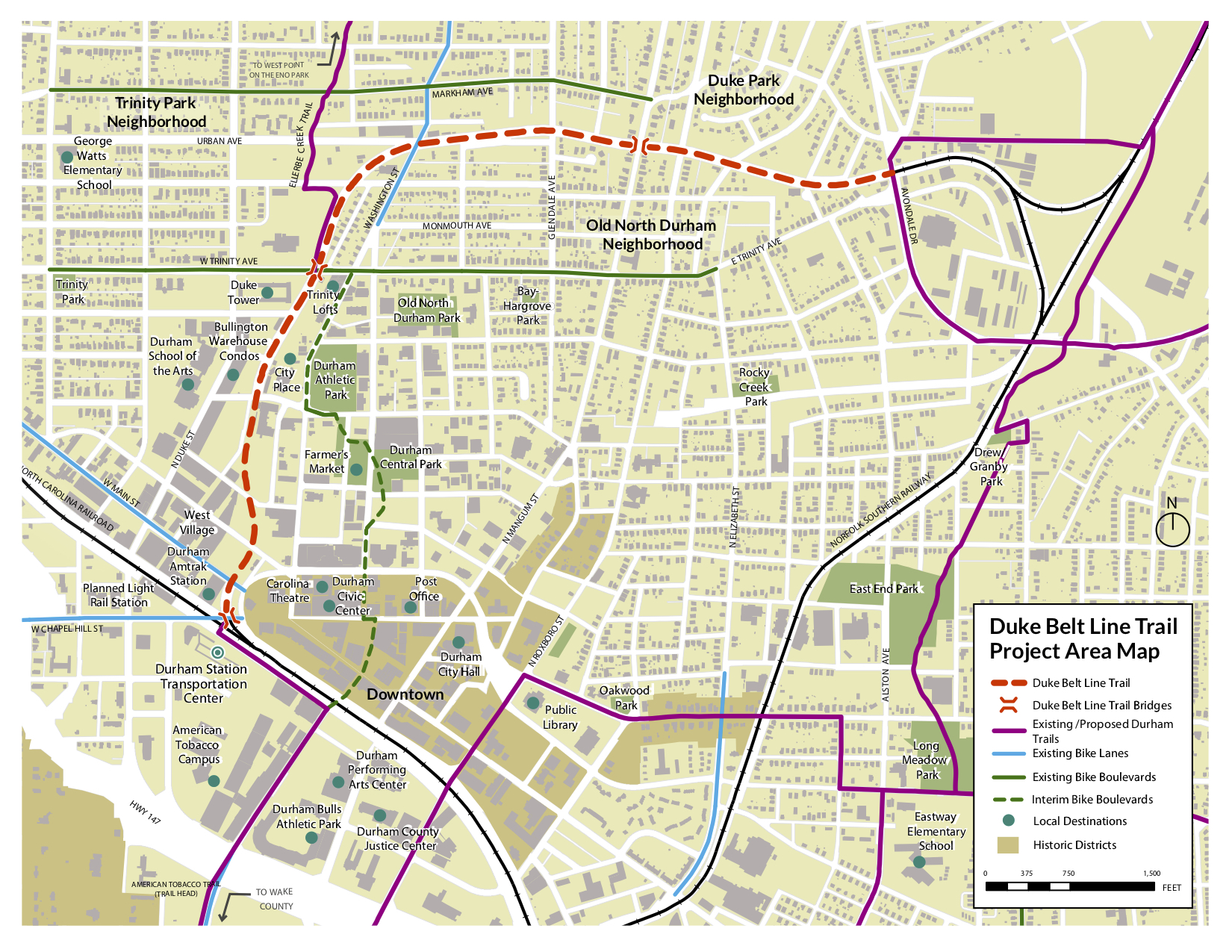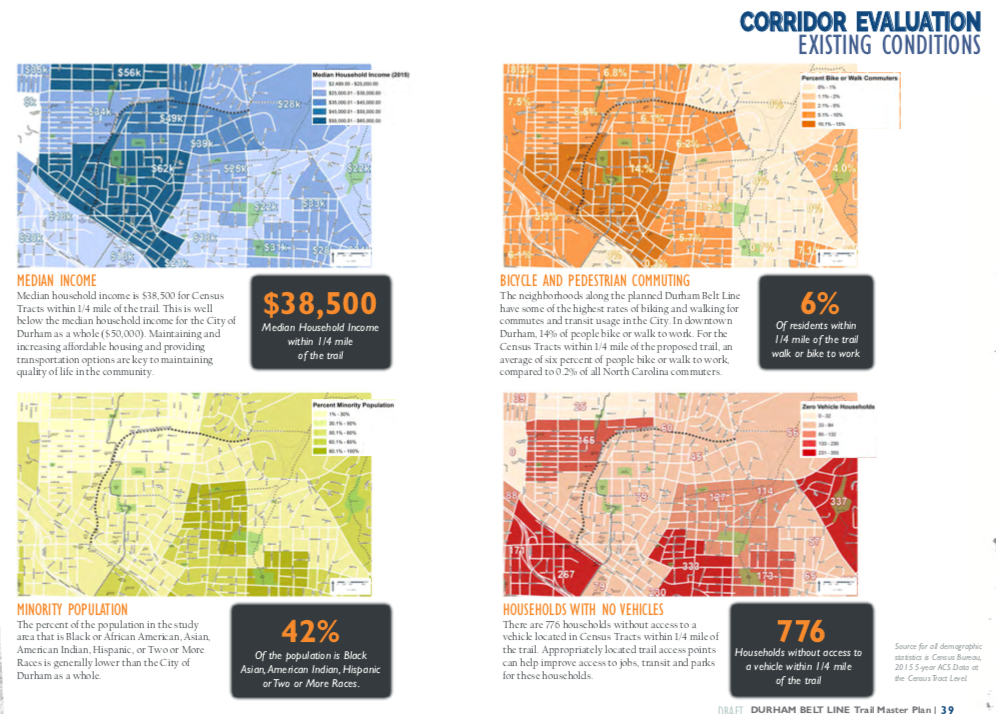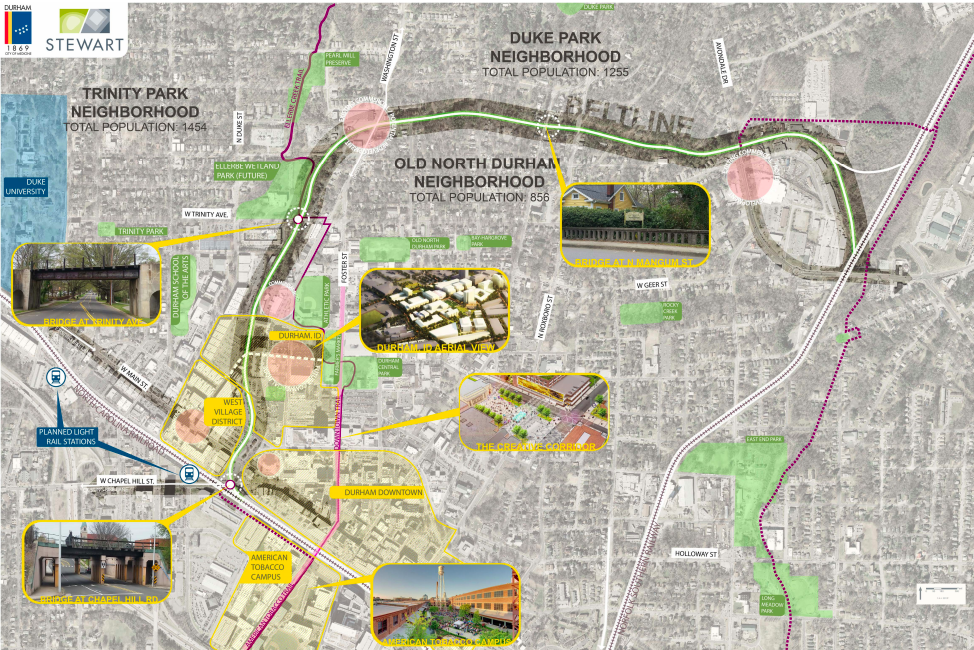Durham is at a critical inflection point. As Durham grows and invests in public projects like the Durham Belt Line and trail extensions, how can we ensure that our residents, especially our low-income residents, are not asked to finance their own displacement?
Join us to create a plan for Shared Prosperity.
Talk, and facilitated discussion.
About Nathaniel Smith:
Nathaniel Smith serves as Founder and Chief Equity Officer (CEqO)/CEO of the Partnership for Southern Equity. Partnership for Southern Equity's mission is to advance policies and institutional actions that promote racial equity and shared prosperity for all in the growth of metropolitan Atlanta and the American South.
In September of 2016, Nathaniel resigned from the board of the Atlanta BeltLine Partnership, along with the project’s founder Ryan Gravel, citing inadequate attention to equitable outcomes with the statement: “we believe that who the Atlanta BeltLine is built for is more important than whether it is built at all.”
The equity failures of the Atlanta project provides a stark warning for Durham as it begins the process of building the Durham Belt Line and Great Loop trail extensions.
Nathaniel will share his experiences and help facilitate a community conversation to envision a process for shared prosperity for everybody.
About Partnership for Southern Equity:
www.psequity.org / facebook:@PSEquity / twitter:@PSEquityMatters
Among Partnership for Southern Equity’s notable accomplishments are the creation the American South’s first equity mapping and framing tool the Metro Atlanta Equity Atlas (MAEA); The Atlanta Regional Commission’s Equitable Target Areas (ETA) mapping index to promote and measure equitable land-use planning efforts; supporting the creation of the nation’s first “Equitable Development Plan” for a large scale neighborhood transformation project – The Atlanta Beltline; convening the inaugural Equity Atlanta Forum on the equitable utilization of Federal Stimulus Funding in metro Atlanta as well as its supporting document, co-written by PolicyLink, “Recovering Stronger: Building an Inclusive Metro Atlanta Economy.
www.durhambeltlineforeverybody.org
durhambeltlineforeverybody@gmail.com
www.communitiesinpartnership.org
#togetherweprosper #equitableDurham

































